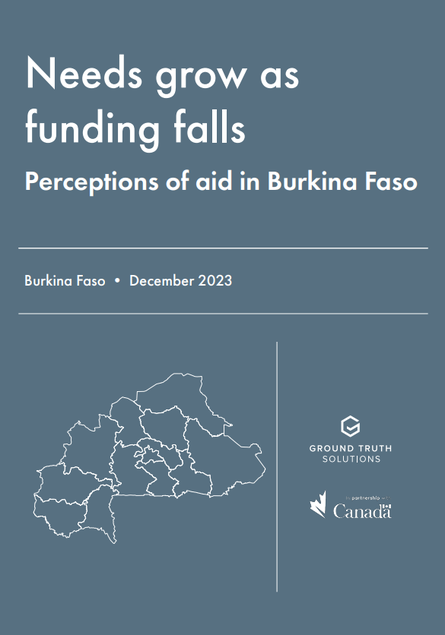
Burkina Faso, one of the most vibrant cultural and artistic hubs in western Africa, faces a multifaceted crisis, including environmental shocks exacerbated by climate change and increasing violence from non-state armed groups. Since 2019, the frequency of attacks and abductions by these groups has escalated considerably, thrusting the country into one of the world's most urgent displacement crises. Approximately two million people, predominantly women and children, have been forcibly displaced from their homes. As of 2023, the number of individuals in need of humanitarian assistance has risen to 4.7 million.1 The control of nearly 40% of Burkina Faso's territory by non-state armed groups poses great challenges to humanitarian operations. Close to 800,000 people live in the 26 cities under armed blockade. Their movements are limited and they have almost no access to basic services. Humanitarian organisations depend heavily on United Nations air bridges to reach communities cut off from the rest of the country. Along with these challenges, Burkina Faso faces the highest level of inflation among the members of the West African Economic and Monetary Union, a repercussion of Russia’s full-scale invasion of Ukraine, from whom Burkina Faso used to import most of its wheat.2 Despite the worsening security situation and deepening humanitarian crisis in Burkina Faso, attention from the international community has remained disconcertingly low. The Norwegian Refugee Council designated Burkina Faso as the most neglected crisis in the world in 2022, given the lack of humanitarian funding, media coverage, and diplomatic initiatives.3 Alarmingly, only 30% of the 2023 response plan appeal for USD 876.7 million has been met, leaving millions of Burkinabe without urgently needed support.